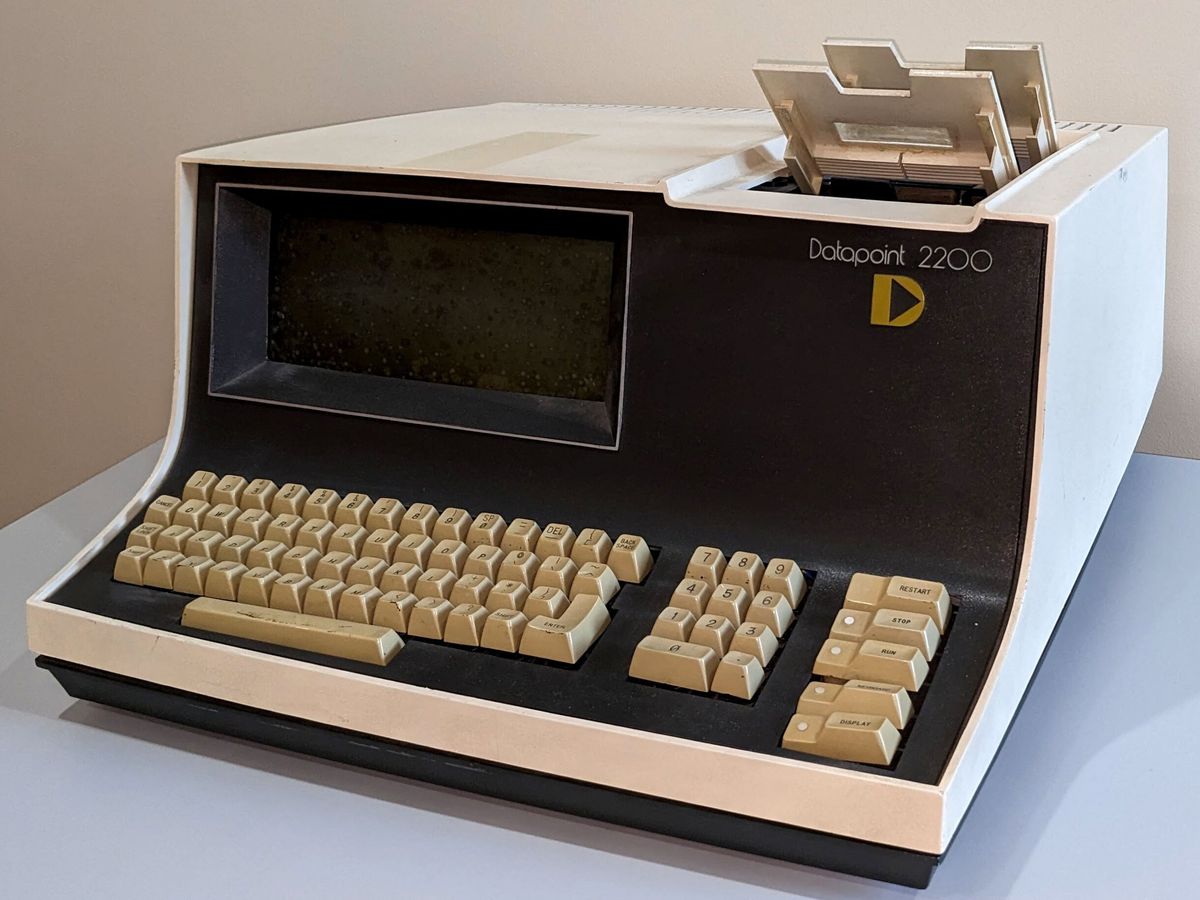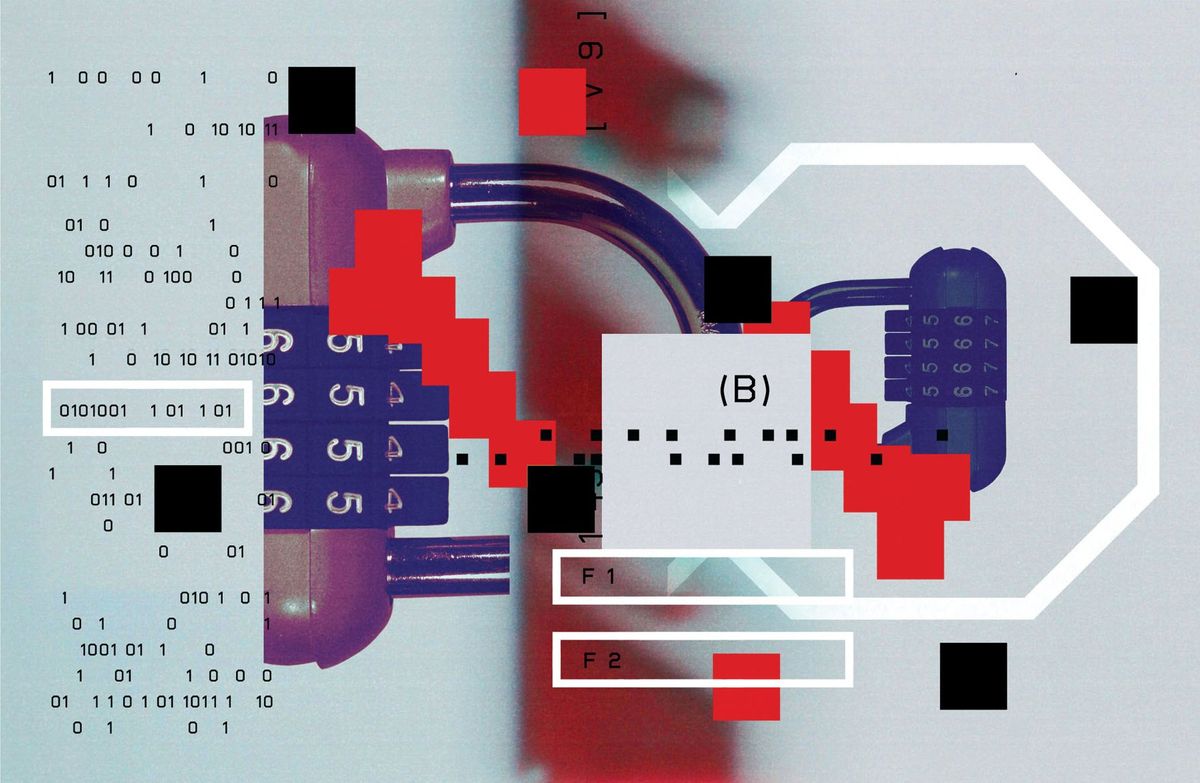As you've likely noticed by now, IEEE Spectrum has a new look. But the differences are more than cosmetic; we've also overhauled the content management system, which will make it easier for us to provide dynamic content throughout the site.
We've also tried to make it easier to discover new stories no matter where you are on the site. Let's say you're reading an article about whether it makes sense to send humans back to the moon. To the right of the article, you have access to the most popular content on the site that week, a few stories handpicked by our editors, and additional related content. We're even working on automatically linking to related content in the IEEE Xplore Digital Library (there are still some kinks, but we'll get it straightened out soon).
Which reminds me: please be patient as we continue to improve and fix glitches (those of you using Internet Explorer 6, I apologize for the layout problems plaguing that browser).
In the meantime, take a look around and explore the site. There are lots of changes.
We'd love to hear what you think. Feel free to leave your impressions and comments in the form below.
Joshua J. Romero is a software developer and journalist. A former IEEE Spectrum senior editor, he holds a bachelor’s degree in astronomy and physics from the University of Arizona and a master’s in journalism from New York University.


